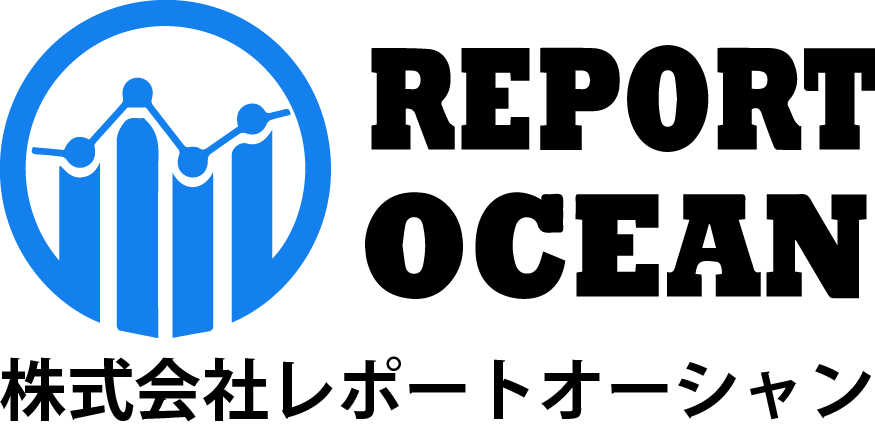日本ヒトインスリン市場規模、シェア、競合状況、トレンド分析レポート:製品タイプ別(医薬品、送達デバイス)、流通チャネル別(小売薬局、病院薬局、オンライン小売店、その他):2024年から2032年までの機会分析および業界予測
Table of Contents
1. Methodology and Scope
1.1. Market Segmentation & Scope
1.1.1. Segment scope
1.1.2. Estimates and forecast timeline
1.2. Research Methodology
1.3. Information Procurement
1.3.1. Purchased database
1.3.2. Internal database
1.3.3. Secondary sources
1.3.4. Primary research
1.3.5. Details of primary research
1.4. Information or Data Analysis
1.4.1. Data analysis models
1.5. Market Formulation & Validation
1.6. Model Details
1.6.1. Commodity flow analysis (Model 1)
1.6.1.1. Approach 1: Commodity flow approach
1.7. Research Assumptions
1.8. List of Secondary Sources
1.9. List of Primary Sources
2. Executive Summary
2.1. Market Outlook
2.2. Segment Outlook
2.2.1. Type outlook
2.2.2. Formulation outlook
2.3. Competitive Insights
3. Japan human insulin Market Variables, Trends & Scope
3.1. Market Lineage Outlook
3.1.1. Parent market outlook
3.1.2. Ancillary market outlook
3.2. Market Dynamics
3.2.1. Market driver analysis
3.2.2. Market restraint analysis
3.3. Japan human insulin: Market Analysis Tools
3.3.1. Industry Analysis - Porter’s Five Forces
3.3.2. PESTLE Analysis
3.4. Regulatory Framework
4. Japan human insulin Market Segment Analysis, By Product Type, 2024- 2032 (USD Million)
4.1. Drugs
4.1. Drugs Market estimates and forecasts, 2024- 2032 (USD million)
4.2. Delivery Devices
4.2. Delivery Devices Market estimates and forecasts, 2024- 2032 (USD million)
5. Japan human insulin Market Segment Analysis, By Distribution Channel, 2024- 2032 (USD Million)
5.1. Retail Pharmacies
5.1.1 Retail Pharmacies Market estimates and forecasts, 2024- 2032 (USD million)
5.2. Hospital Pharmacies
5.2.1. Hospital Pharmacies Market estimates and forecasts, 2024- 2032 (USD million)
5.3. Online Retail Stores
5.3.1 Online Retail Stores Market estimates and forecasts, 2024- 2032 (USD million)
5.3. Others
5.3.1 Others Market estimates and forecasts, 2024- 2032 (USD million)
6 Japan human insulin Market – Breakup by Region
6.1 Kanto Region
6.1.1 Overview
6.1.2 Historical and Current Market Trends (2019-2022)
6.1.3 Market Breakup By Product Type
6.1.4 Market Breakup By Distribution Channel
6.1.5 Key Players
6.1.6 Market Forecast (2024-2032)
6.2 Kansai/Kinki Region
6.2.1 Overview
6.2.2 Historical and Current Market Trends (2019-2022)
6.2.3 Market Breakup By Product Type
6.2.4 Market Breakup By Distribution Channel
6.2.5 Key Players
6.2.6 Market Forecast (2024-2032)
6.3 Central/ Chubu Region
6.3.1 Overview
6.3.2 Historical and Current Market Trends (2019-2022)
6.3.3 Market Breakup By Product Type
6.3.4 Market Breakup By Distribution Channel
6.3.5 Key Players
6.3.6 Market Forecast (2024-2032)
6.4 Kyushu-Okinawa Region
6.4.1 Overview
6.4.2 Historical and Current Market Trends (2019-2022)
6.4.3 Market Breakup By Product Type
6.4.4 Market Breakup By Distribution Channel
6.4.5. Key Players
6.4.6. Market Forecast (2024-2032)
6.5 Tohoku Region
6.5.1 Overview
6.5.2 Historical and Current Market Trends (2019-2022)
6.5.3 Market Breakup By Product Type
6.5.4 Market Breakup By Distribution Channel
6.5.5 Key Players
6.5.6 Market Forecast (2024-2032)
6.6 Chugoku Region
6.6.1 Overview
6.6.2 Historical and Current Market Trends (2019-2022)
6.6.3 Market Breakup By Product Type
6.6.4 Market Breakup By Distribution Channel
6.6.5 Key Players
6.6.6 Market Forecast (2024-2032)
6.7 Hokkaido Region
6.7.1 Overview
6.7.2 Historical and Current Market Trends (2019-2022)
6.7.3 Market Breakup By Product Type
6.7.4 Market Breakup By Distribution Channel
6.7.5 Key Players
6.7.6 Market Forecast (2024-2032)
6.8 Shikoku Region
6.8.1 Overview
6.8.2 Historical and Current Market Trends (2019-2022)
6.8.3 Market Breakup By Product Type
6.8.4 Market Breakup By Distribution Channel
6.8.5 Key Players
6.8.6 Market Forecast (2024-2032)
7 Japan human insulin Market – Competitive Landscape
7.1 Overview
7.2 Market Structure
7.3 Market Player Positioning
7.4 Top Winning Strategies
7.5 Competitive Dashboard
7.6 Company Evaluation Quadrant
8 Profiles of Key Players
8.1 Eli Lilly Japan K.K.
8.1.1 Business Overview
8.1.2 Product Portfolio
8.1.3 Business Strategies
8.1.4 SWOT Analysis
8.1.5 Major News and Events
8.2 Sanofi K.K.
8.2.1 Business Overview
8.2.2 Product Portfolio
8.2.3 Business Strategies
8.2.4 SWOT Analysis
8.2.5 Major News and Events
8.3 Novo Nordisk Pharma Ltd.
8.3.1 Business Overview
8.3.2 Product Portfolio
8.3.3 Business Strategies
8.3.4 SWOT Analysis
8.3.5 Major News and Events
8.4 Nippon Boehringer Ingelheim Co., Ltd.
8.4.1 Business Overview
8.4.2 Product Portfolio
8.4.3 Business Strategies
8.4.4 SWOT Analysis
8.4.5 Major News and Events
8.5 Novartis Pharma K.K.
8.5.1 Business Overview
8.5.2 Product Portfolio
8.5.3 Business Strategies
8.5.4 SWOT Analysis
8.5.5 Major News and Events
8.6 Janssen Pharmaceuticals K.K.
8.6.1 Business Overview
8.6.2 Product Portfolio
8.6.3 Business Strategies
8.6.4 SWOT Analysis
8.6.5 Major News and Events
8.7 Sun Pharma Japan Limited .
8.7.1 Business Overview
8.7.2 Product Portfolio
8.7.3 Business Strategies
8.7.4 SWOT Analysis
8.7.5 Major News and Events
8.8 Otsuka Pharmaceutical Co., Ltd.
8.8.1 Business Overview
8.8.2 Product Portfolio
8.8.3 Business Strategies
8.8.4 SWOT Analysis
8.8.5 Major News and Events
8.9 Others
8.9.1 Business Overview
8.9.2 Product Portfolio
8.9.3 Business Strategies
8.9.4 SWOT Analysis
8.9.5 Major News and Events
Company names have not been provided here as this is a sample TOC. The complete list is provided in the report.
9 Japan human insulin market- Industry Analysis
9.1 Drivers, Restraints, and Opportunities
9.1.1 Overview
9.1.2 Drivers
9.1.2.1. Aging Population and Increasing Life Expectancy
9.1.3 Restraints
9.1.3.1. Growth in the Complexity of Diabetes Management
9.1.4 Opportunities
9.1.4.1. Technological Advancements in Insulin Delivery Systems
9.2 Porters Five Forces Analysis
9.2.1 Overview
9.2.2 Bargaining Power of Buyers
9.2.3 Bargaining Power of Suppliers
9.2.4 Degree of Competition
9.2.5 Threat of New Entrants
9.2.6 Threat of Substitutes
9.3 Value Chain Analysis
10 Appendix
無料サンプルを入手する ![]()
この無料サンプルには、トレンド分析から推定・予測まで、さまざまなデータが含まれています。
最新レポート
お問い合わせ
-
- JAPAN : 03-6899-2648
-
- EMAIL : sales@reportocean.co.jp








